Why the new Dacia Duster SUV is simply ‘enough’
The Dacia Duster SUV is proof that in an age of dwindling natural resources, the concept of a product being ‘enough’ – even if customers can afford more – is gaining currency

The third generation of the Dacia Duster, revealed in very late 2023, is a great automotive example of ‘enough’. It offers a no-nonsense, robust and utilitarian design at a very reasonable price, while still functioning as an appealing piece of sculpture, equally at home in the city or the countryside.
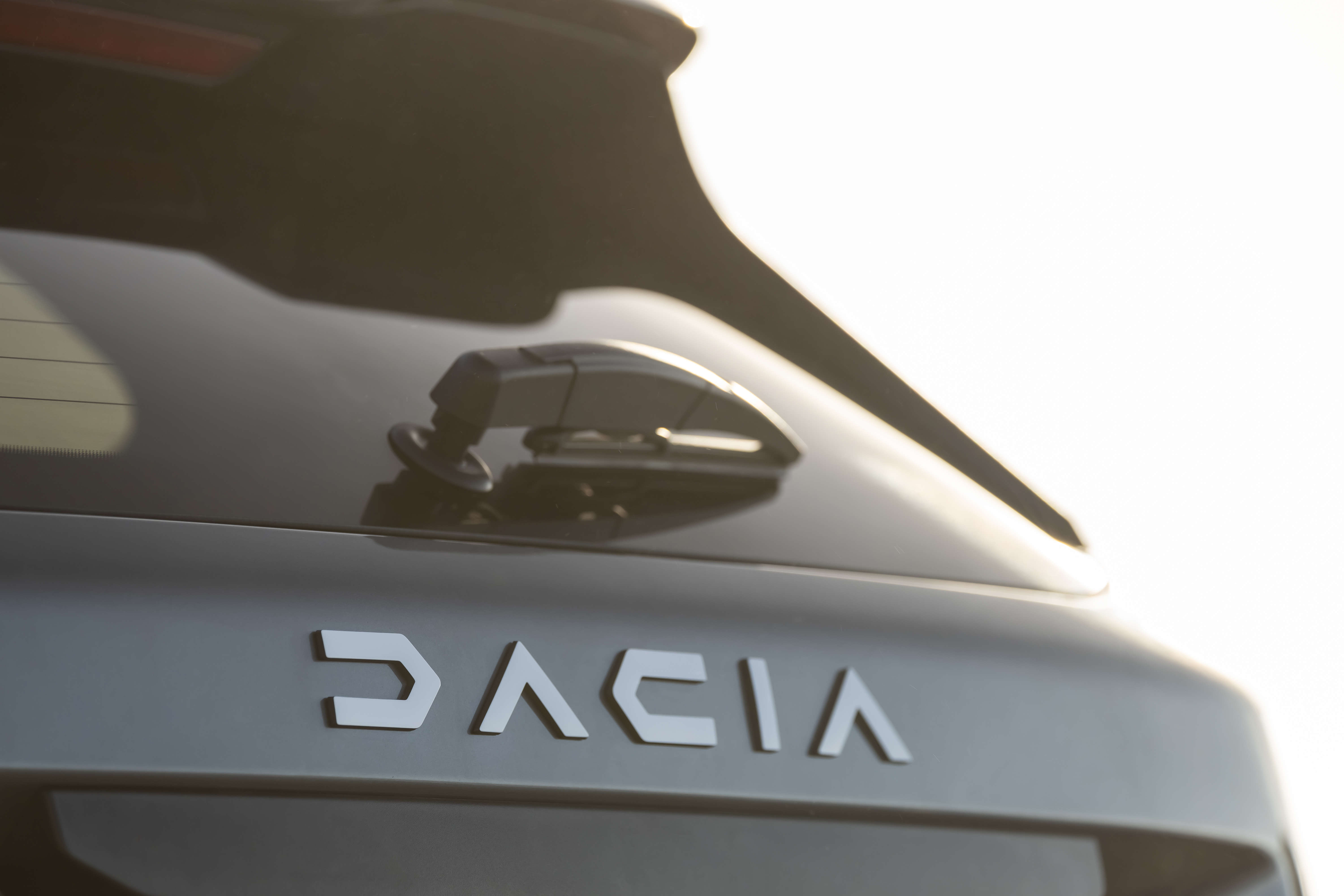
‘We have new customers from higher-range cars, that can afford more expensive cars,’ says Dacia’s French design director David Durand, ‘but they are considering us as they’re not sure if it makes sense to put so much money into a car which could just get stuck in traffic. However, even if they are ready to be more “essential”, there are some things they really want. So we have to consider comfort, details, textiles and finishes. It’s new for us.’
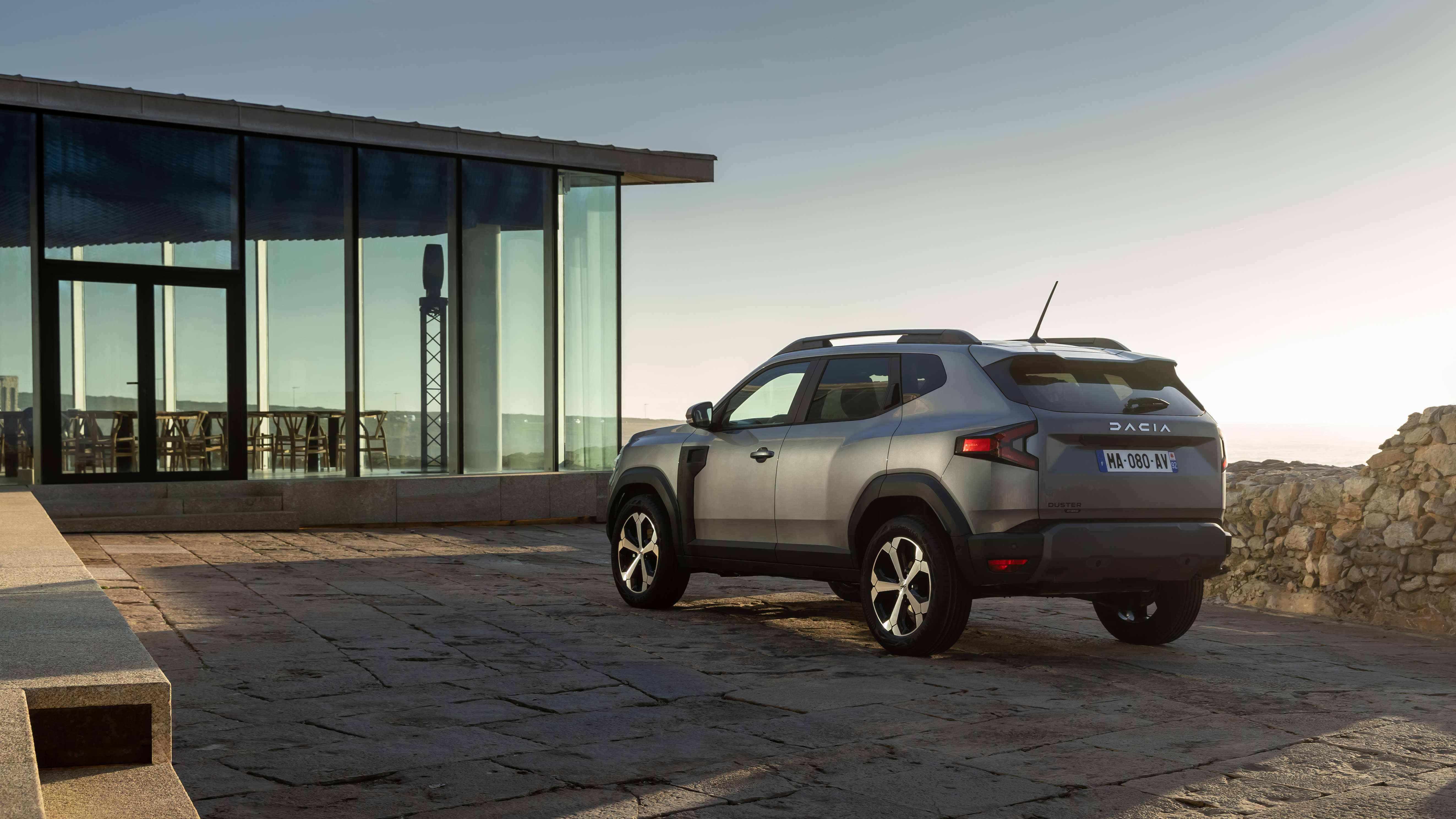
The Duster’s stellar success certainly is new territory for Dacia. From an under-the-radar start back in 2010, the small-but-chunky model has sold 2.2 million units and is well on its way to becoming an icon for the Renault Group, which has owned the Romanian brand since 1999. In two model generations the Duster has transformed market perceptions from just being a poor-man’s car, to an ‘everyman, go anywhere choice’, somewhat akin to a modern-day Fiat Panda 4x4.
Dacia Duster SUV
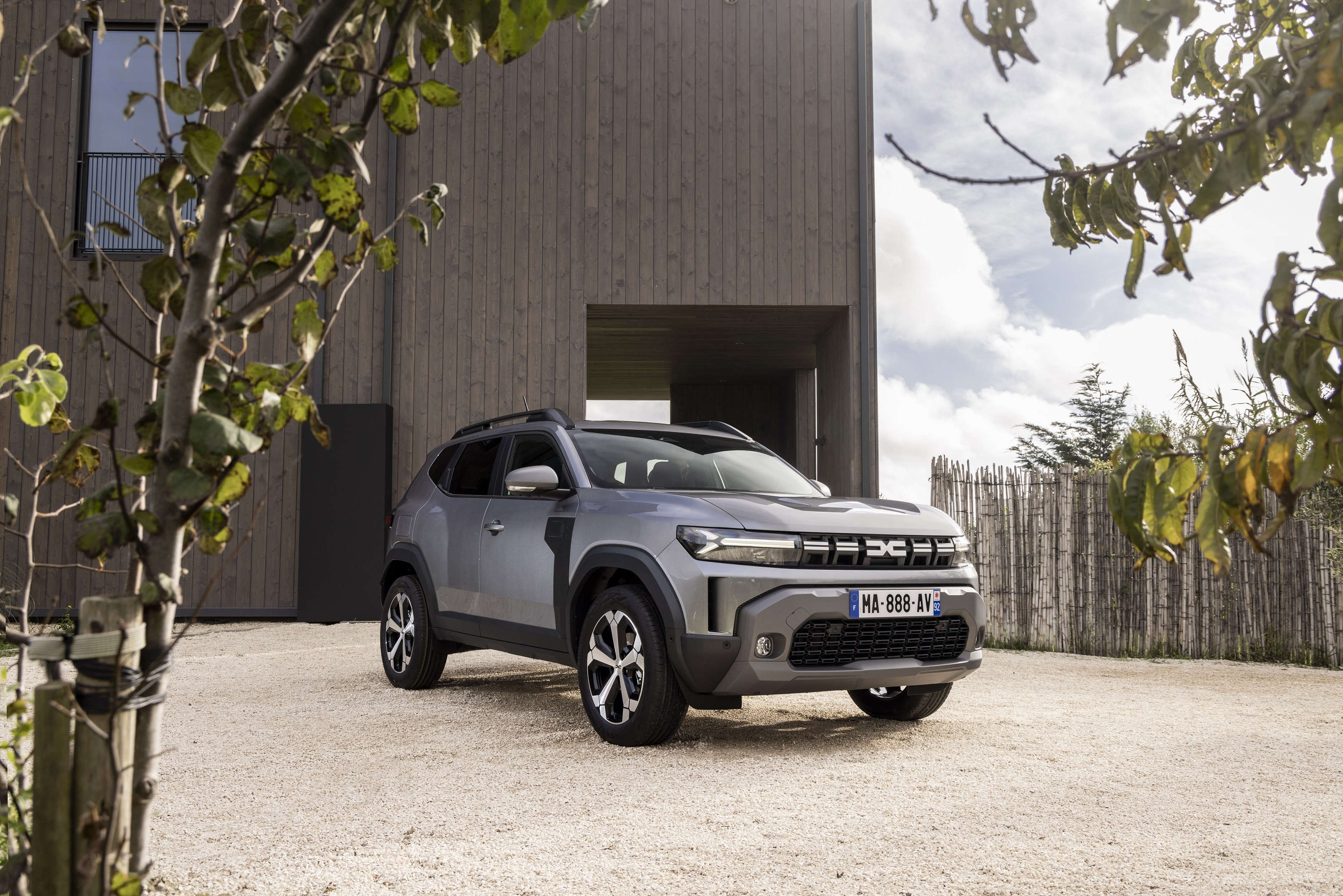
The Mk3 Duster sits on new underpinnings able to accommodate petrol-electric hybrid engine options and its designers have made only subtle proportional changes to keep the design ‘fresh enough’ for another generation. As Durand continues: ‘Talking to customers they said, “Don’t touch it too much!” We have the [bigger] Bigster model arriving in a year, so it was easy for us not to increase everything, like is so often the case with model replacements, which are longer, higher and more of “this” and “that”. We chose to [broadly] keep the dimensions of the last generation, because we understood it was the perfect compromise between roominess and a big boot, but still compact and practical.’
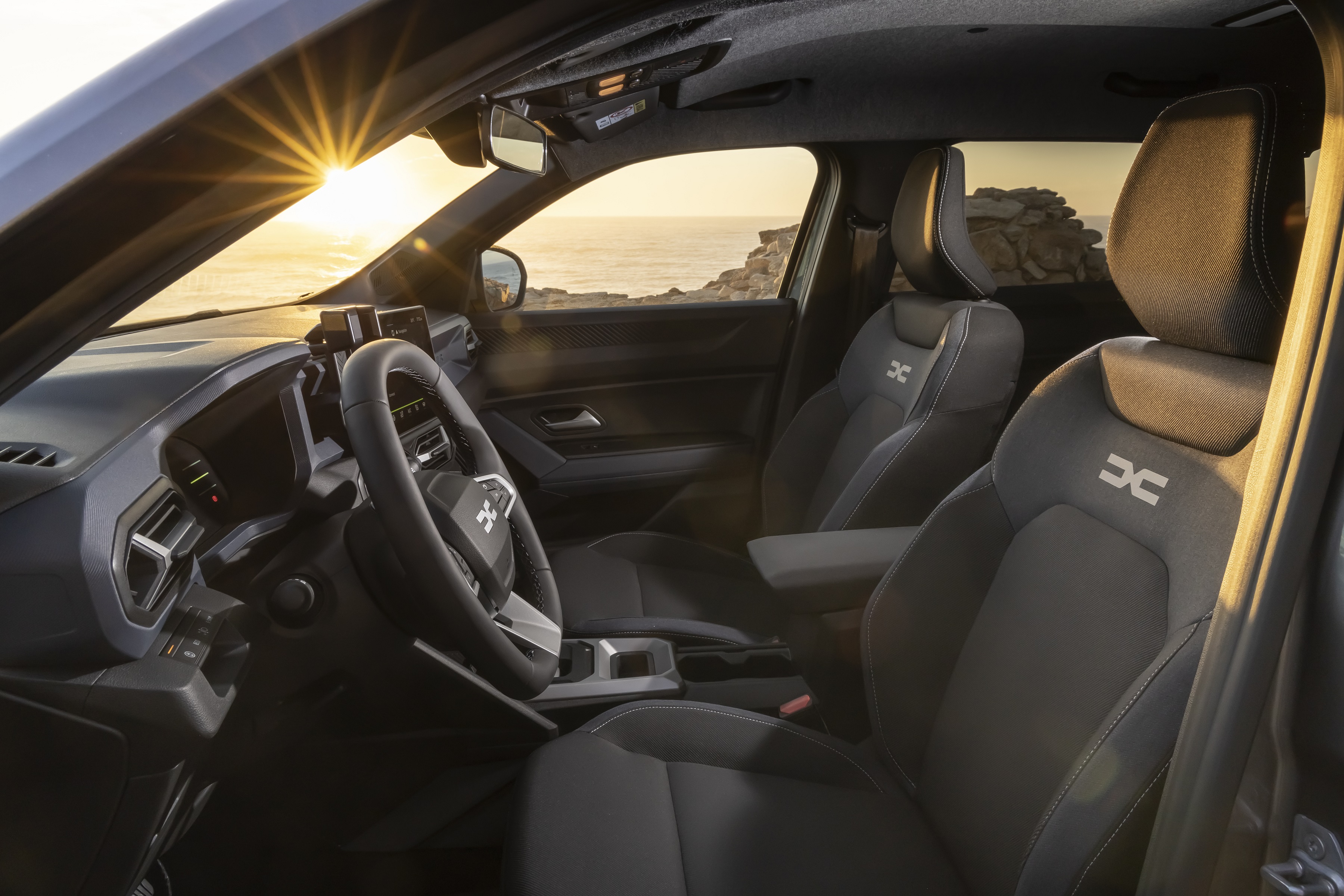
The Mk3 Duster is a similar length as before (4.34m) but has a slightly wider track and lower roofline. Above the first-row passengers, the ceiling height has reduced by 10mm and at the rear by 50mm. According to Durand, this slightly reduces rearward driver vision but makes a huge improvement in aerodynamics and thus fuel consumption, while also managing to boost boot capacity (up 6 per cent to 472 litres).
Ground clearance is reduced by 8mm on the two-wheel drive model, which also sports energy-saving tyres to improve CO2 efficiency, while the approach and departure angles on the underside of the four-wheel drive version are greater to make the car better able to navigate ruts, rocks and rivers. As Durand states firmly: 'The Duster is not a crossover, it’s a real SUV.'
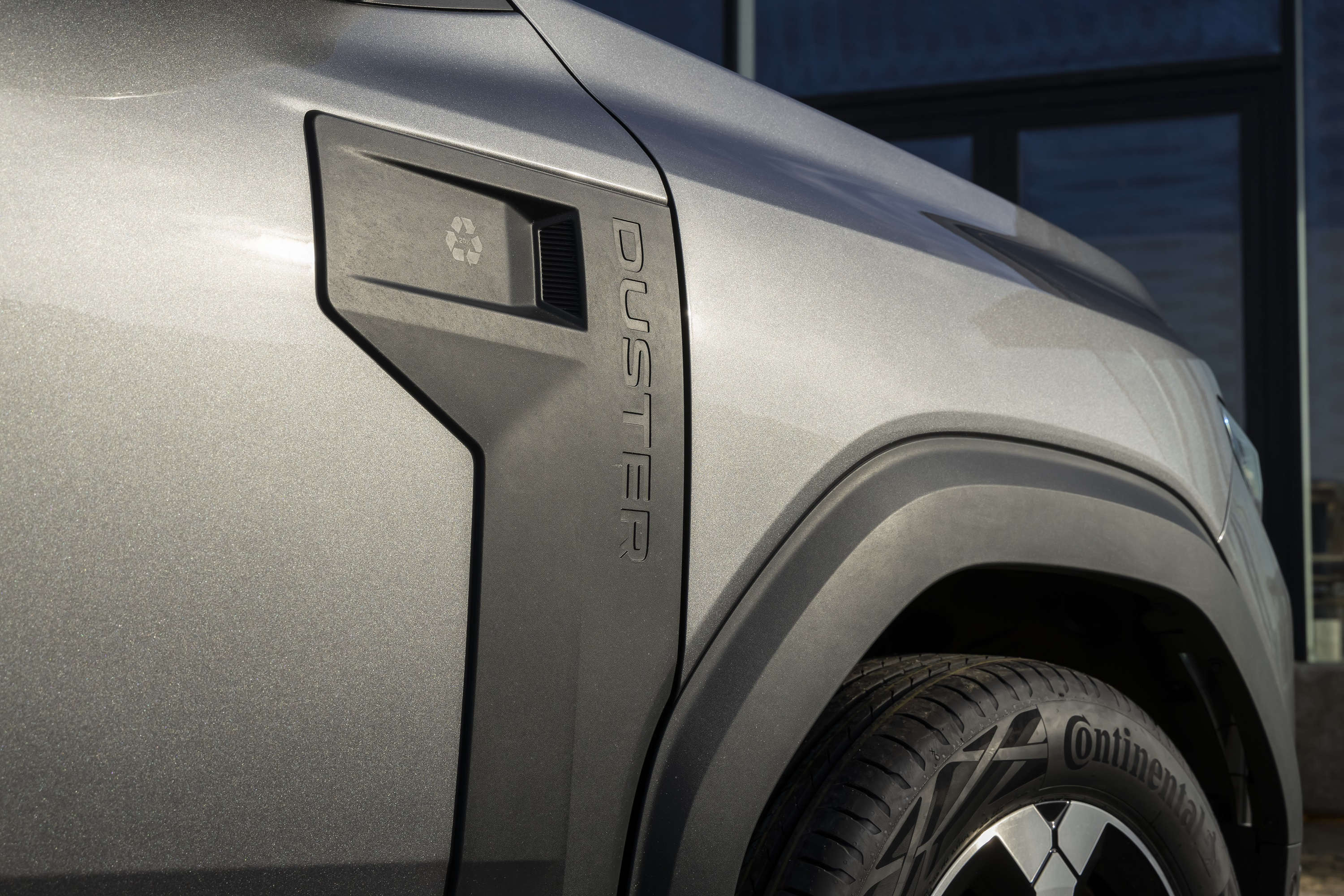
While that capability stops short of a low-ratio gearbox associated with only the most serious off-roaders, it is nonetheless a versatile vehicle and better-looking than ever in Mk3 guise. The new model has a more horizontal and visually longer bonnet and higher beltline to make the car look more robust and well-balanced and its front face is more vertical compared to the Mk2. This has a practical benefit as well, allowing the driver to see the edges of the vehicle better while driving.
Receive our daily digest of inspiration, escapism and design stories from around the world direct to your inbox.
The much-improved interior is more visually consistent with the exterior – see the repeated Y shapes for graphic proof – and offers an innovative fixing point system called YouClip. It can be employed in multiple locations inside the Duster to fix a phone cradle by the central screen, hook a bag to the passenger side of the centre console, or even a coat to the open tailgate edge, perhaps when changing after an outdoor adventure.
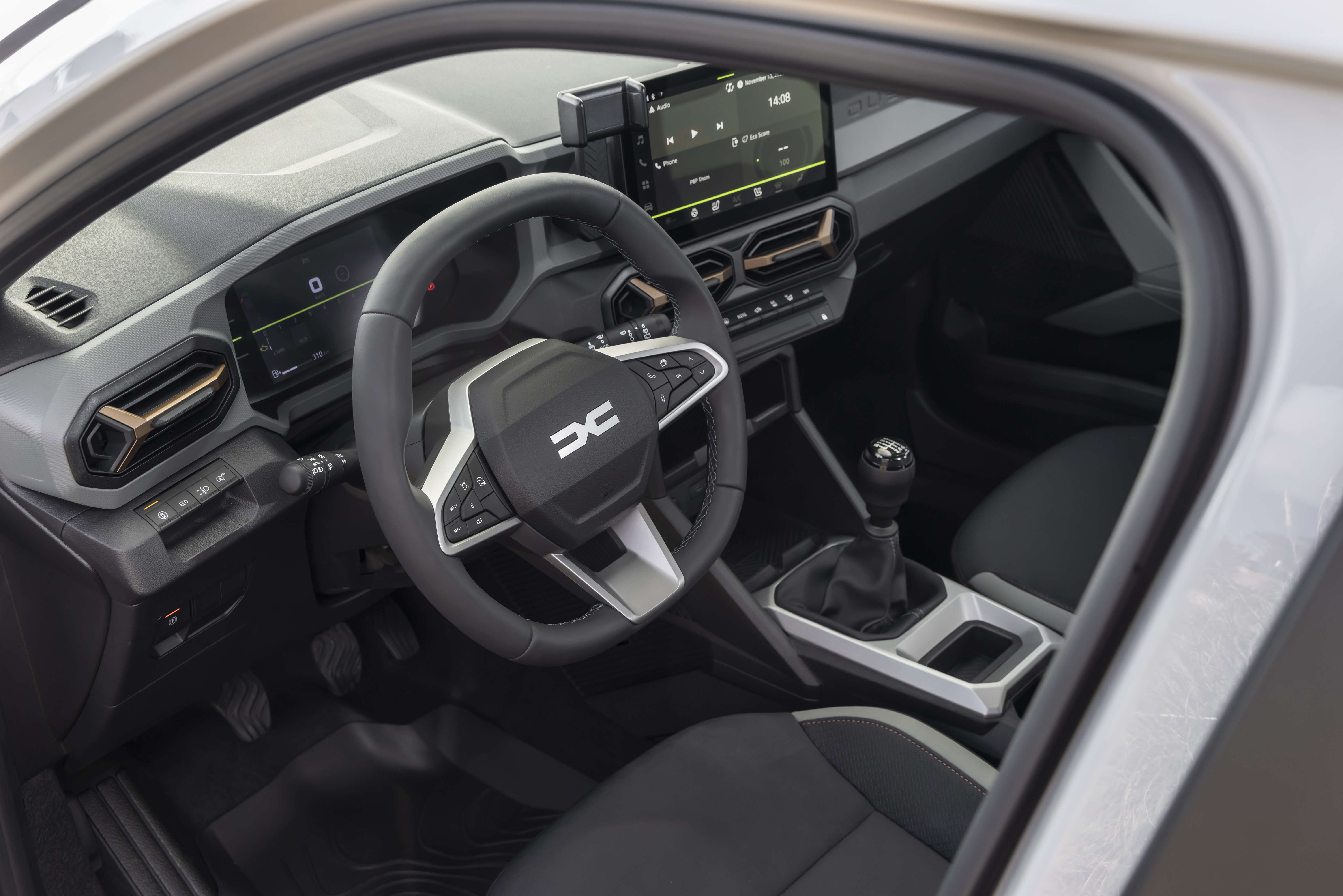
There’s more sustainable and overt content in the Duster too. A speckled material called ‘Starkle’ containing 20 per cent recycled plastic and remaining unpainted to show off its contents, is used to protect the car’s lower front, side and back edges. It’s another example of ‘enough’ and could well be.
On sale from early 2024, the Duster is expected to start from circa £18,000.
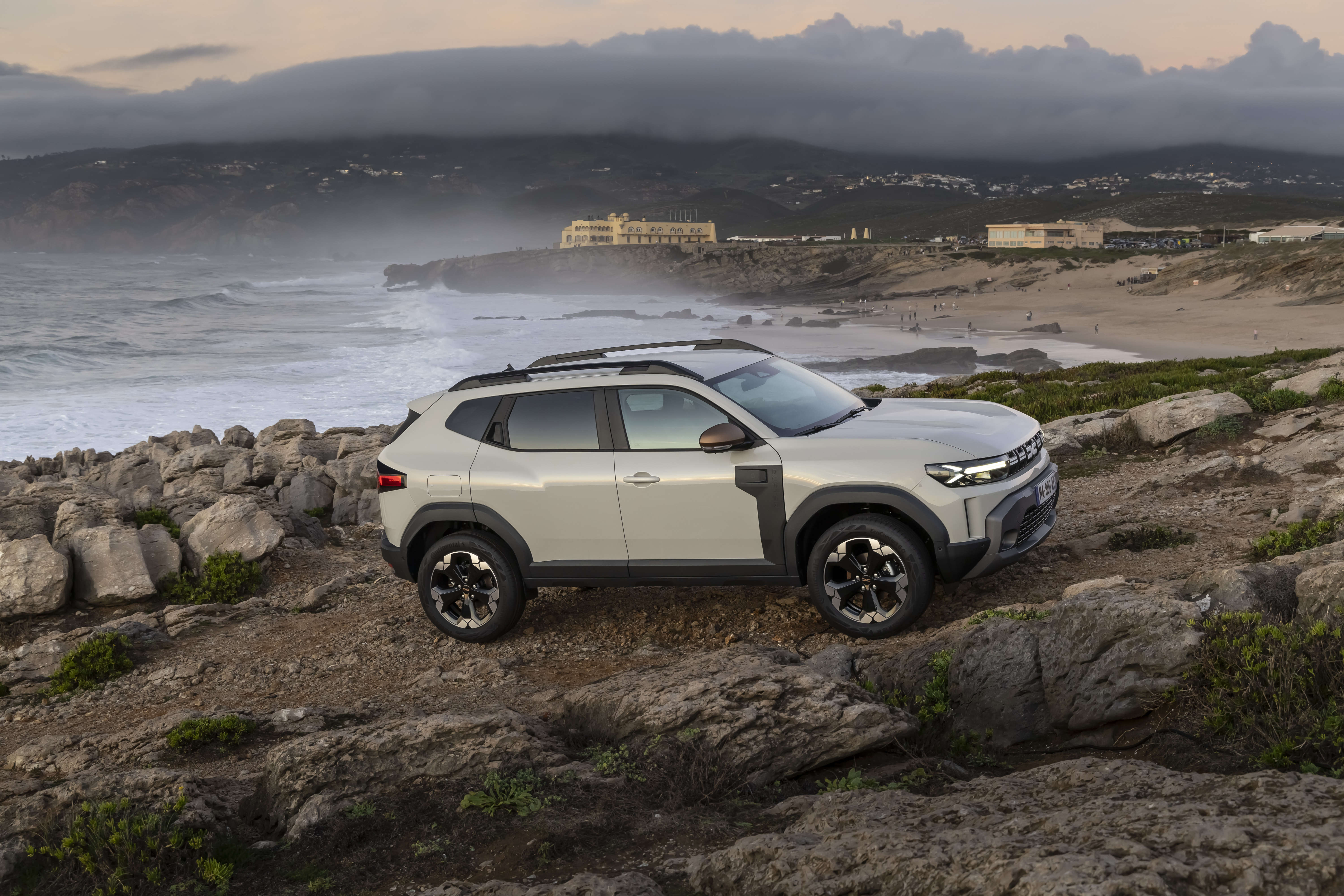
Guy Bird is a London-based writer, editor and consultant specialising in cars and car design, but also covers aviation, architecture, street art, sneakers and music. His journalistic experience spans more than 25 years in the UK and global industry. See more at www.guybird.com
-
 Eight questions for Bianca Censori, as she unveils her debut performance
Eight questions for Bianca Censori, as she unveils her debut performanceBianca Censori has presented her first exhibition and performance, BIO POP, in Seoul, South Korea
-
 How to elevate a rental with minimal interventions? Charu Gandhi has nailed it with her London home
How to elevate a rental with minimal interventions? Charu Gandhi has nailed it with her London homeFocus on key spaces, work with inherited details, and go big on colour and texture, says Gandhi, an interior designer set on beautifying her tired rental
-
 These fashion books, all released in 2025, are the perfect gift for style fans
These fashion books, all released in 2025, are the perfect gift for style fansChosen by the Wallpaper* style editors to inspire, intrigue and delight, these visually enticing tomes for your fashion library span from lush surveys on Loewe and Louis Vuitton to the rebellious style of Rick Owens and Jean Paul Gaultier
-
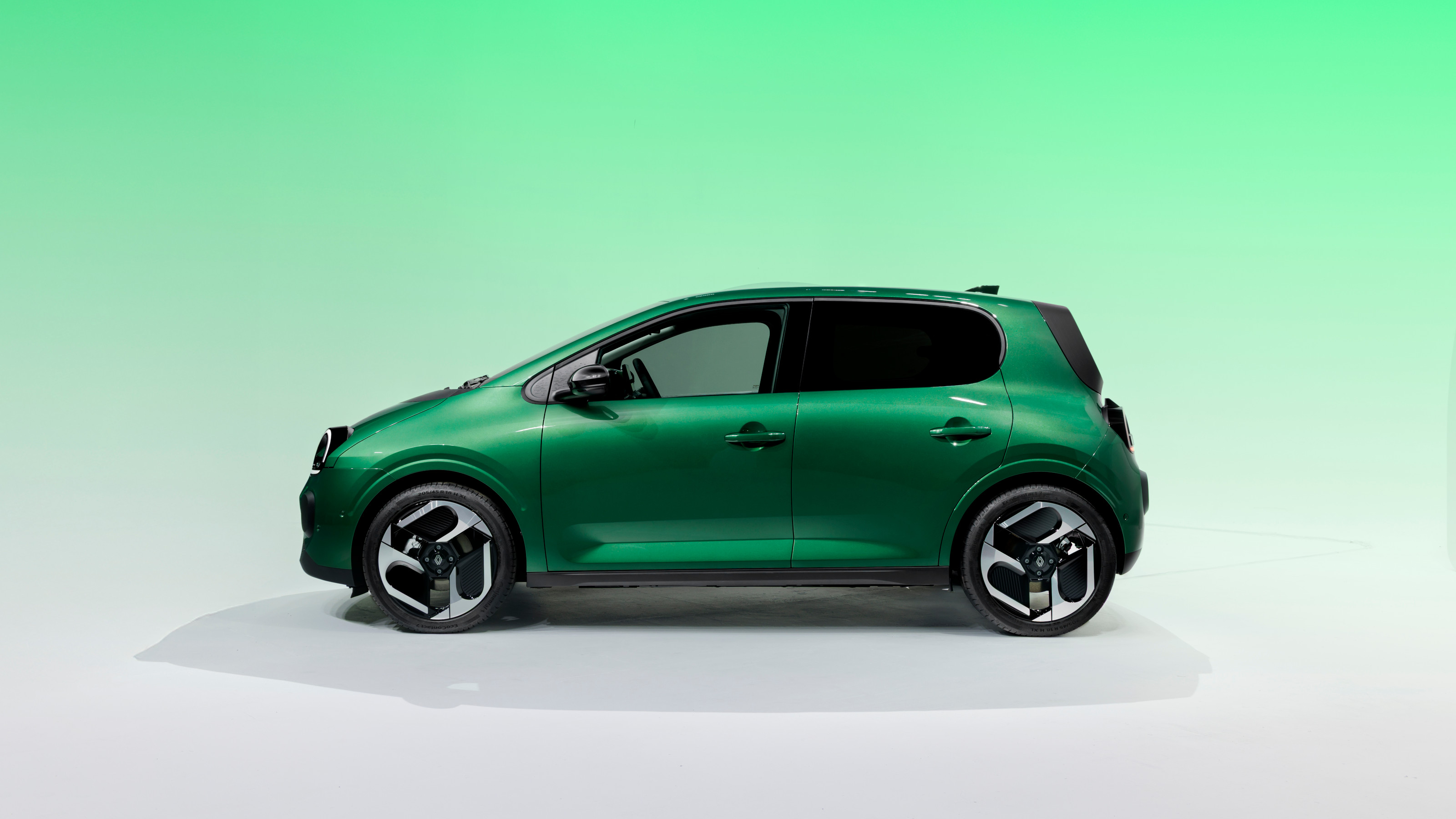 All hail the compact new Renault Twingo E-Tech – the city car is back in style
All hail the compact new Renault Twingo E-Tech – the city car is back in styleRenault continues to pay homage to its heritage by combining it with 21st-century technology. The new Twingo E-Tech is another winner
-
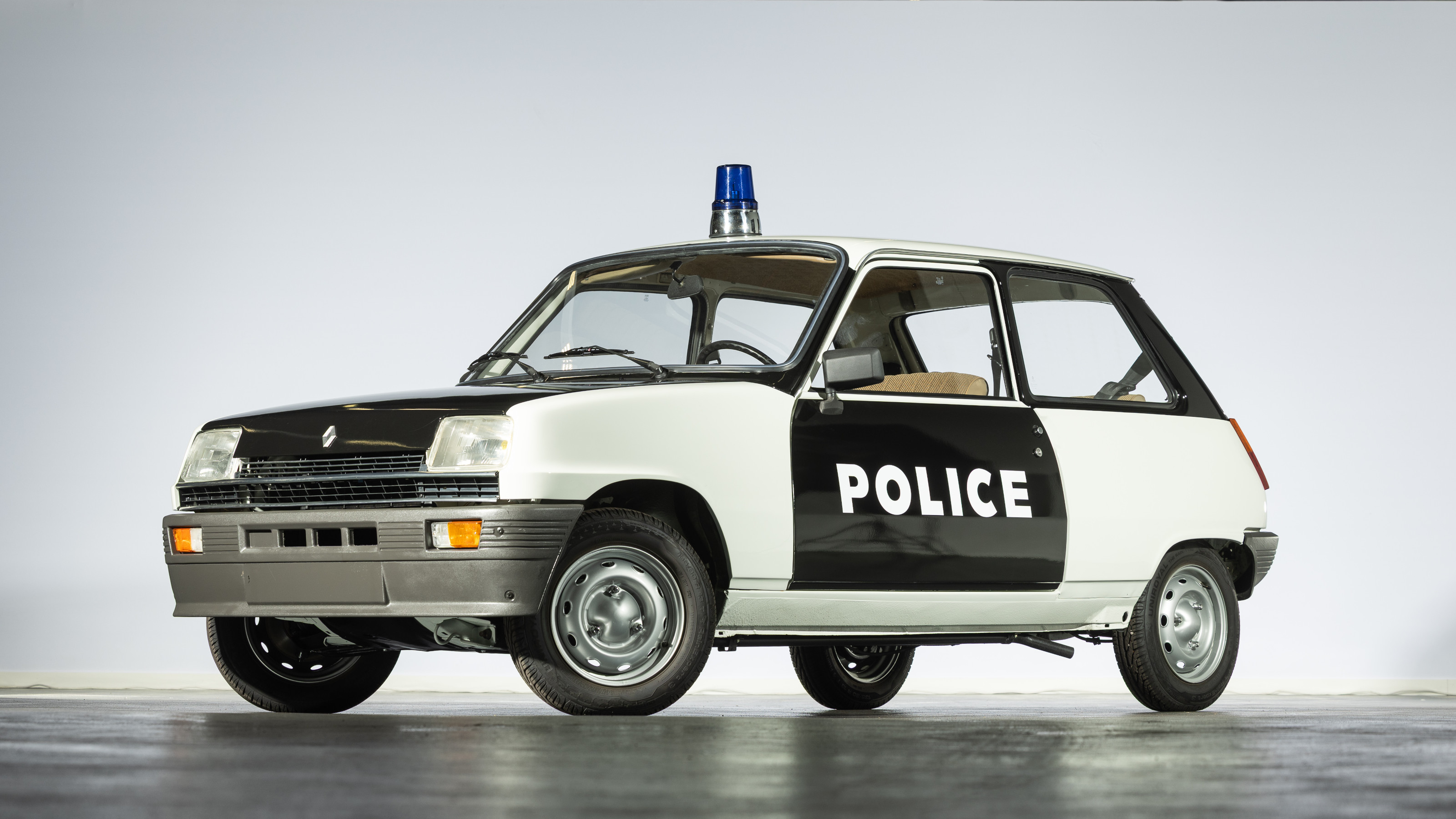 Fancy owning a piece of French automotive history? Bid in The Renault Icons Auction
Fancy owning a piece of French automotive history? Bid in The Renault Icons AuctionRenault is paring back its substantial collection of historic automobiles by auctioning off duplicate models. We present 14 of the finest lots
-
 All the new electric cars and concepts revealed at Munich’s IAA Mobility 2025
All the new electric cars and concepts revealed at Munich’s IAA Mobility 2025Munich’s alternative motorshow is now in its third iteration, combining a traditional exhibition space with a conference and large-scale public activations on the streets of the city
-
 The top 10 concept cars of 2024, as selected by Wallpaper’s Transport Editor
The top 10 concept cars of 2024, as selected by Wallpaper’s Transport EditorWe round up our favourite forays into futuristic design with this collection of concepts and design studies showcasing the transport of tomorrow
-
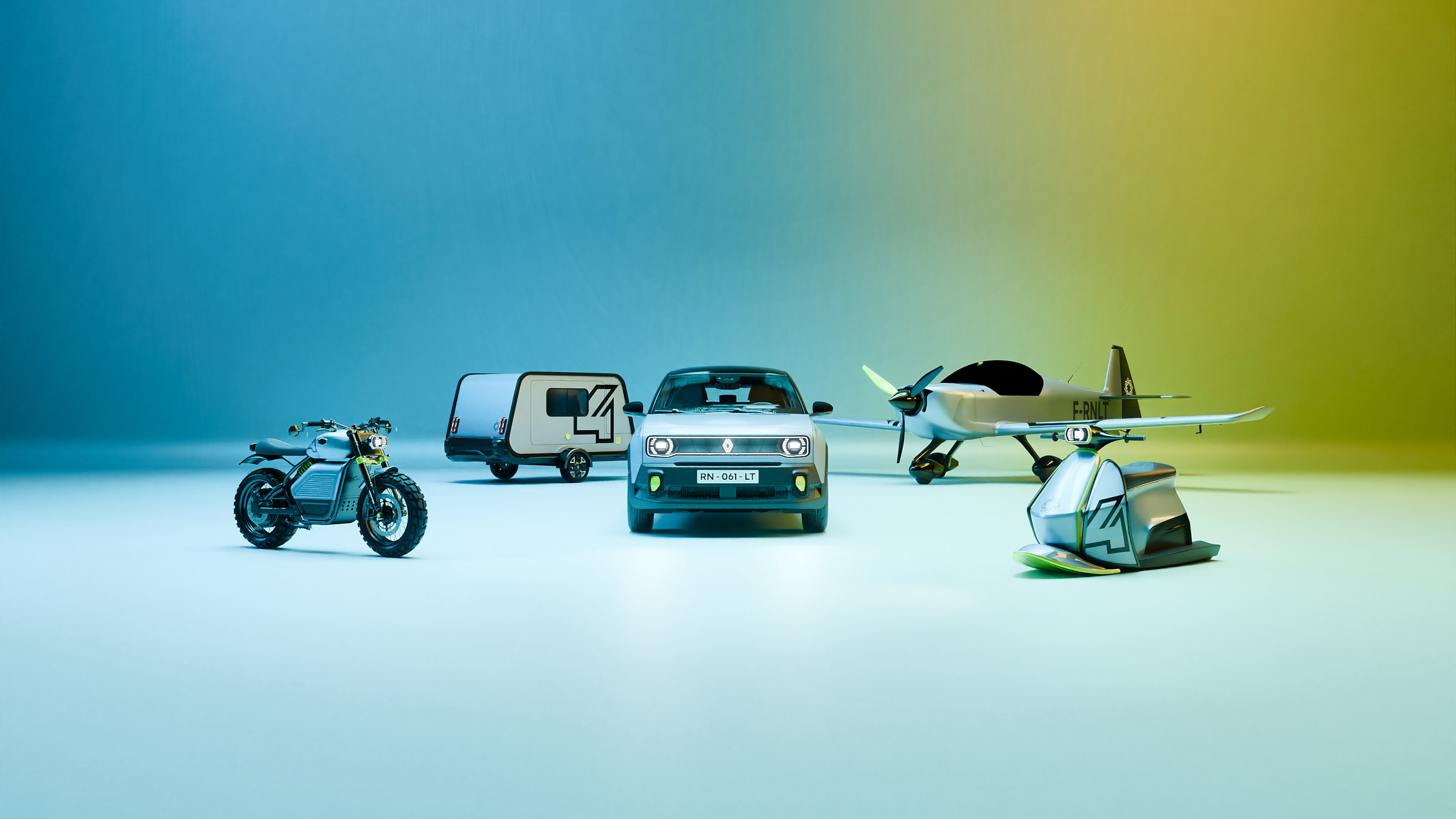 Renault celebrates new R4 EV and electric mobility with TheArsenale and four French start-ups
Renault celebrates new R4 EV and electric mobility with TheArsenale and four French start-upsRenault's '4 Movements' accompanied the R4 E-Tech at the 2024 Paris Motor Show; the clutch of sleek machines will bring innovative electrification to air, sea and water
-
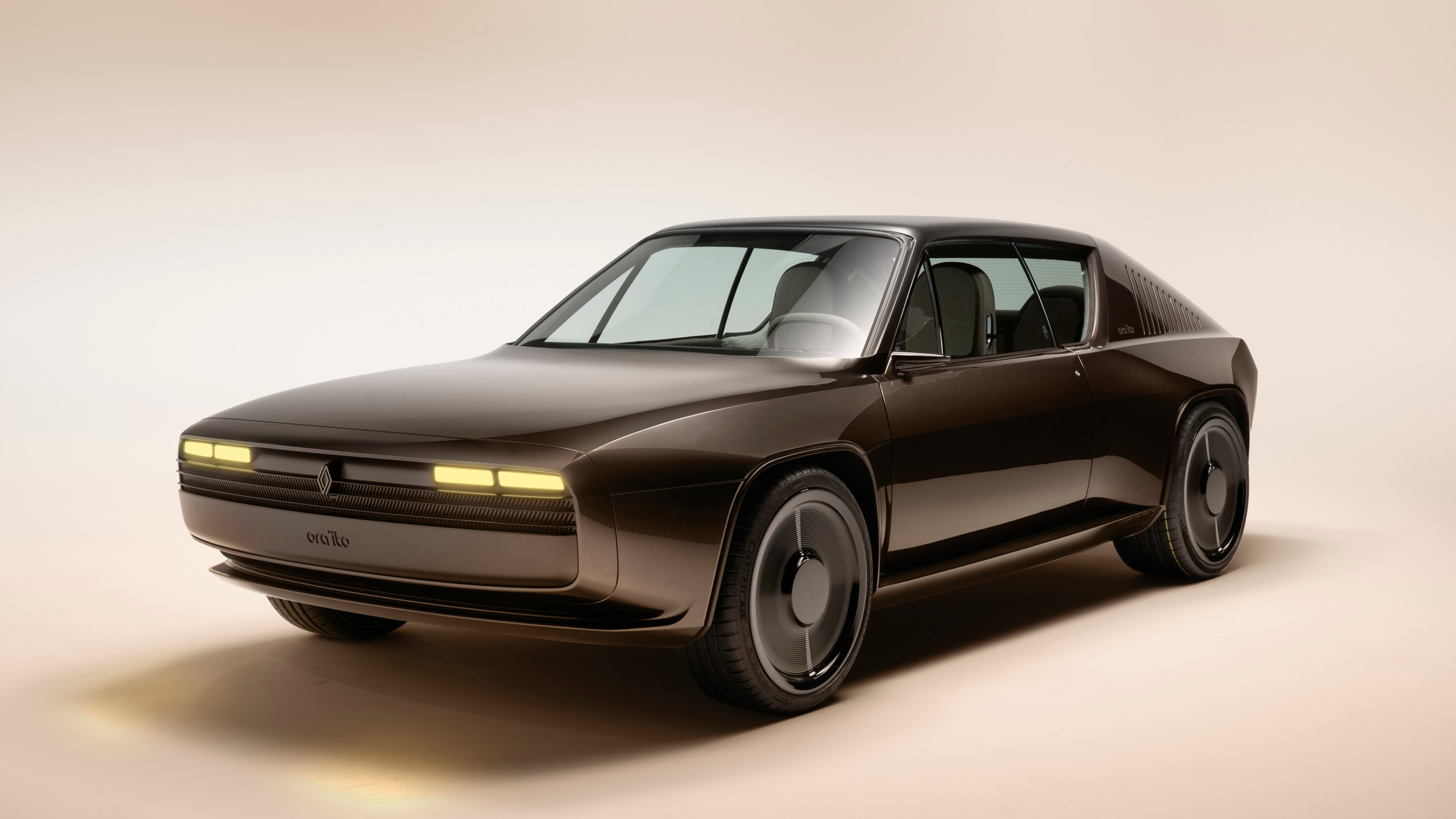 Ora-ïto transforms the Renault 17 into a futuristic yet retro-tinged vision
Ora-ïto transforms the Renault 17 into a futuristic yet retro-tinged visionThe R17 electric restomod x Ora-ïto is the fourth in Renault's series of designer-led reimaginings of iconic models from its past. We think it's the best of the lot
-
 The new Renault 5 E-Tech’s design secrets and designer dreams revealed
The new Renault 5 E-Tech’s design secrets and designer dreams revealedWallpaper* talks to Renault’s Laurens van den Acker and Gilles Vidal about how they shaped the eagerly awaited Renault 5 E-Tech
-
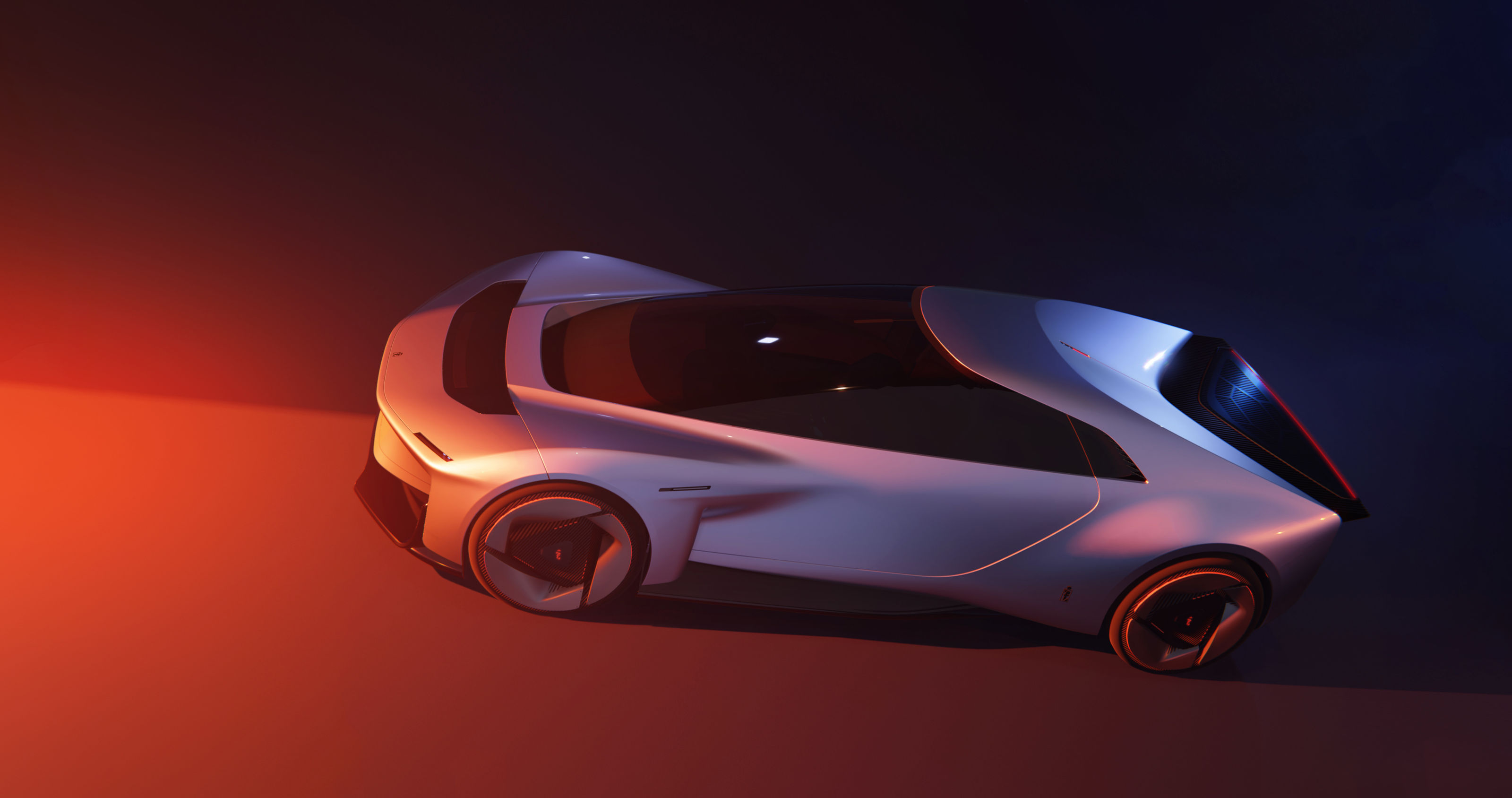 The return of the Geneva Motor Show (to Geneva) as a place for global debuts
The return of the Geneva Motor Show (to Geneva) as a place for global debutsThe Geneva Motor Show is back. After 2020’s pandemic cancellation and an ‘exported’ event in Qatar in 2023, the organisers of GIMS 2024 had their work cut out to stay relevant. Here are our highlights